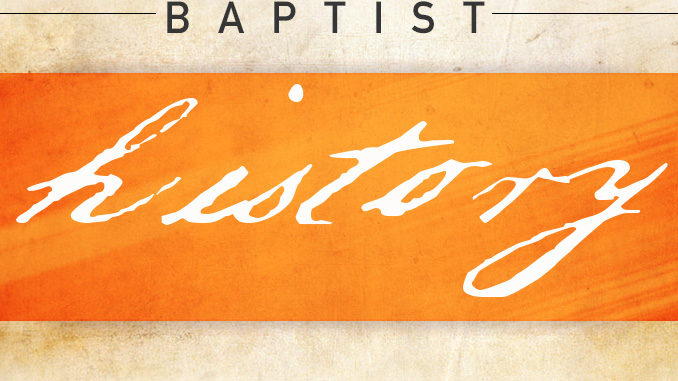
Following a highly successful and widely acclaimed pastor is a challenge not many men are prepared for. A further layer of challenge is added when that previous pastor was one’s own father. And likely the greatest challenge would be if that pulpit predecessor was Charles Haddon Spurgeon, often acclaimed as the greatest Christian preacher since Paul. Yet, in early1894 the newly-called pastor of the Metropolitan Tabernacle in London, 38-year-old Thomas Spurgeon, was faced with all of these. His father pastored the church for 37 years, built it from scarcely a hundred members to thousands and established numerous large influential ministries through it. Comparisons with his father would inevitably be made, and excessive expectations harbored. He would not prove his father’s equal (but who could have?), yet he was a worthy successor all the same, and a credit both to the cause of Christ and the family name.
Thomas was the younger of twins born to Charles and Susannah Spurgeon in September 1856 (the father named the older twin Charles after himself, and with a bit of humor named the younger one “Thomas,” that is, “twin”). Thomas was naturally gifted as an artist—engraving, drawing and painting,–and also proved himself a poet of considerable merit throughout his life.
Never robust in health and considerably slighter of build than his father, he was plagued from early youth with lung trouble, which the smoggy conditions of Victorian London aggravated. When but twenty years old, he was sent by his parents on the long ocean voyage to Australia with the belief that the sea air and the unpolluted atmosphere in Australia would be beneficial, a hope that proved justified. Thomas greatly enjoyed the sea and the long voyages, making the months’-long round trip by sea from England to Australia and back three times in his life. Illustrations from sailing are frequent in his sermons and writings.
Of course, the name “Spurgeon” opened doors for Thomas everywhere in Australia, where his father’s sermons were well known, and even some who had heard his father in person were to be found. He was given frequent invitations to preach, most of which he accepted. Thomas met his future wife during his 17 months in Australia.
Thomas returned to England and enrolled in the Pastors’ College (where brother Charles was also a student) but quickly deteriorating health led him to return to Australia, and New Zealand. In 1881, at age 24, he became pastor of Auckland Baptist Tabernacle, where he labored for 8 years, building both a large building and the congregation to fill it. Once again, ill health plagued him, forcing him to resign in 1888. He then itinerated as an evangelist throughout New Zealand and Australia for some three years.
When Charles Spurgeon died in January, 1892, there were several men inordinately ambitious to take the church (including Charles’ younger brother James; Thomas found the whole scrambling for the church highly distasteful, deliberately remained in New Zealand, and made no attempt to gain the church for himself). The church invited American A. T. Pierson to fill the pulpit for a year, while the church sought for a permanent pastor. When Pierson’s year was up, the church invited Thomas in New Zealand to come for a trial period with a view to a call, and well before the trial period was up, called him as pastor by a 72% vote (not a few of the “nays” soon left the church).
As pastor of the largest Baptist church in the British Empire, not only did Thomas have the responsibility to preach several times each week, he also became the head of the many and large Tabernacle ministries—the Stockwell Orphanage, the College (with its weekly lecture and annual pastors’ conference sermon), editorship of The Sword and Trowel, and the Colporteur association. It was a crushing burden. Thomas shepherded the Tabernacle for 14 years, and resigned for health reasons in 1907 at age 51. He continued as President of the College and leader of others ministries, filling the pulpit from time to time as well. He wrote six books, five of sermons, the other of poetry. He also wrote extensively for the Sword and Trowel.
He died following a stroke in 1917 at age 61, having faithfully fulfilled the ministry given him by God.
—
The first biography of Thomas was written by his lifelong friend and frequent co-laborer in the Gospel W. Y. Fullerton (1919; available in reprint) who also wrote a valuable biography of Charles H. Spurgeon (1920). A more recent treatment is Lamplighter and Sonby Craig Skinner (1984), a work of considerable merit, but marred by Skinner’s fictional reconstruction of conversations and thoughts, and his attempt to re-write history, to make the Spurgeons less theologically conservative than they genuinely were.
